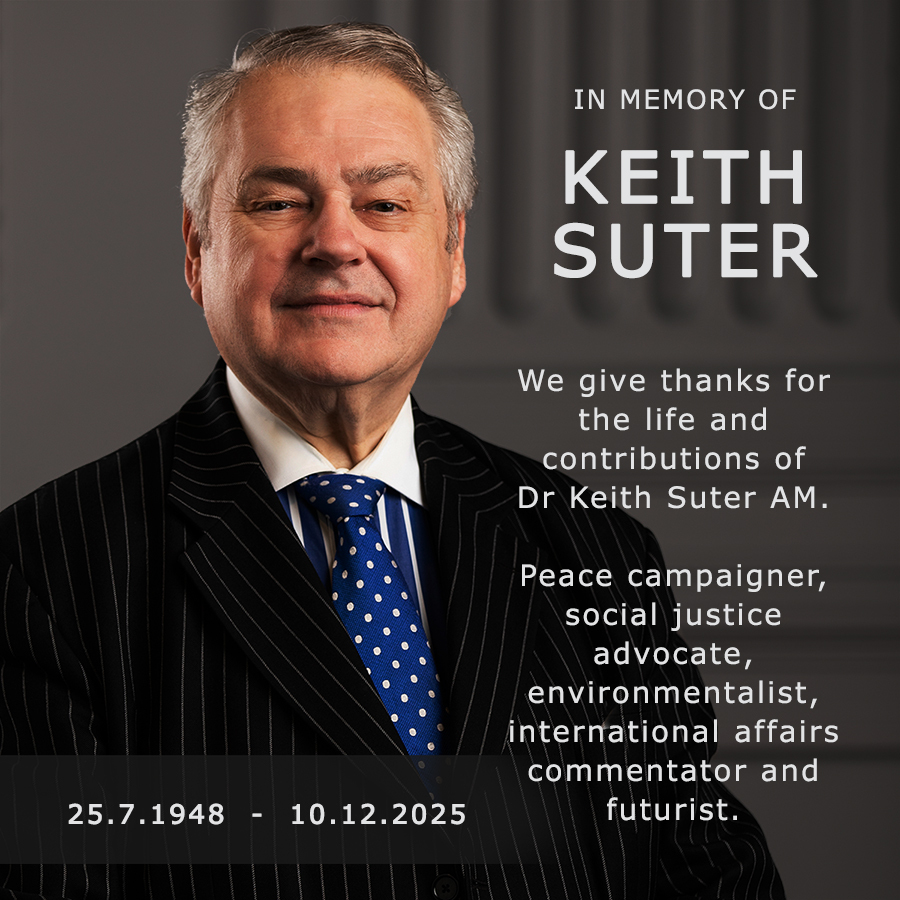
Archive Article: New York: Garbage Capital Of The World. 27 Sep 02
December 29, 2008
I have just returned from New York City for September 11-related events. As always, I very much enjoyed my time in the city. It is one of the world’s most exciting cities. Unfortunately, it is also a city with major pollution problems.
The Earth Policy Institute, based in Washington DC, has just issued a short report on New York as the “Garbage Capital of the World”. 11,000 tons of garbage are produced each day in the city. If all this garbage were placed in a line of garbage trucks, the line of trucks would run for nearly nine miles.
Most of the garbage is dumped in landfills. The city’s garbage is now trucked to other states, some as far away as 300 miles. Meanwhile, Pennsylvania is thinking of reducing the amount of garbage it imports from other states because it is running out of landfill sites. For every 40,000 tons of garbage added to a landfill, at least one acre of land is lost to future use. A large surrounding area is also lost as the landfill with its potentially toxic wastes must be isolated from residential areas.
The amount of garbage in New York City is a manifestation of a more fundamental problem – the evolution of a global throwaway economy. The Earth Policy Institute sets out some examples of how accustomed we have become to a throwaway economy. We have substituted facial tissues for handkerchiefs, disposable paper towels for hand towels, disposal table napkins for cloth napkins, and throwaway beverage containers for refillable ones.
The challenge we now have is to replace the throwaway economy with a reduce/ reuse/ recycle economy. For cities like New York, the challenge is not so much what to do with the garbage, as it is how to avoid producing it in the first place. New York recycles only 18 per cent of its municipal waste. Los Angeles recycles 44 per cent and Chicago 47 pet cent.
The real lessons come from overseas. For example, one way to solve the problem of single-use soft drink containers is simply to ban them. Denmark did this for soft drink in 1977 and in 1981 for beer containers. Cans now get recycled. A truck delivering containers of fresh drink has to travel back to the manufacturer to collect more supplies anyway, and so it might as well be taking back containers to be recycled (rather than just travel back empty).
Germany now gets 72 per cent of its paper from recycled fibre. With glass, aluminium and plastic, the potential recycling rates are even higher.
Another solution is to create, in effect, a landfill tax. There should be a tax on all throwaway products so that those who throw them away bear the direct cost. This will provide an incentive to make do for longer with less.
The Earth Policy Institute has many other ideas on what could be done.
To conclude, three decades ago, with the first international United Nations Conference on the environment, the task was to convince people that there was a problem with the environment. Now many people agree that more has to be done about protecting the environment. It is encouraging to see organizations like the Earth Policy Institute providing specific ideas on what can be done.
Broadcast On Friday 27th September 2002 On Radio 2GB’s “Brian Wilshire Programme” At 9pm

